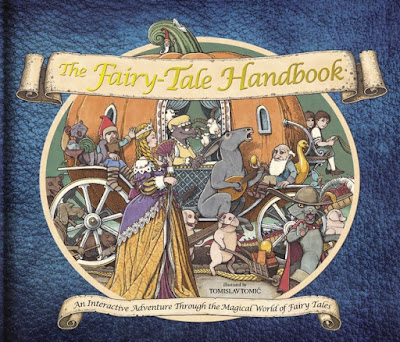Disclosure: I was sent copies of these books free of charge to review. All opinions in my review are my own and I did not receive any other compensation. As in all my reviews I am providing links for your ease, but receive no compensation.
Today I get to share two fun takes on classic fairy tales that share some African cultures in the stories! These wonderful tales are from Nubi Tales. I have to say now that Hazel can read these book reviews are even more fun. She has read these two books several times on her own as well as having me read them to her. She really loves them. These books are a fun way to introduce various cultures to children. The first is Talisha Snow White and Her Little Munchkins by Aphrodyi Antoine and illustrated by Eloy Claudio.

In this take off of Snow White a young baby is left on a doorstep wrapped in a ukara cloth. Mr. and Mrs. White adopted the child and named her Talisha, which was stitched on the ukara cloth. The Whites also adopted seven other children over the years. Talisha was given the nickname of Snow and the other seven children were called the Munchkins. The Whites operated a bakery and the whole family helped. One day a woman came up to Snow and told her she was answering the ad that was placed for help. Snow did not place an ad, but there was a huge line of people waiting to get into the bakery so the woman began to help. Then the woman left her purse and when Snow picked it up to bring it to her everything fell out including a magic mirror. The mirror told Snow the story about her birth. The woman however poisons Snow and a struggle is had by the White family and this woman.
Throughout this story there are cultural references and words. Many of the names in this book are words various African languages like Yoruba, Igbo, Zulu, Efik, Swahili and Akan. It also includes a cake that is popular in South Africa and terms from Nigeria. At the end there is also a page for the reader to think about his or her own name and its meaning or story as well as a word find. I have to also share that we were reading Tasha the Tap Dance Fairy by Daisy Meadows and Hazel thought the name should be Talisha.

The second book is Jack and the Red Beanstalk by Aphrodyi Antoine and illustrated by Ebony Glenn. This tale tells of a grandfather sharing the story of their ancestor Prince Zuberi who defeated the giants and managed to keep them in their land, Hewa. The giants came to the land by climbing down beanstalks. When the last red bean was dropped by the leader of the giants Prince Zuberi caught it and passed it down for safe keeping through generations. The grandson, Jack, wanted to see the red bean one more time and took it from his grandfather's pocket. He brought it to the dinner table where it got mixed up in a bowl of red beans which he eventually dropped out the window. The grandfather and kids went to sleep. Jack wakes to find a giant beanstalk which he climbs and encounters his first giant. He climbs down to tell his grandfather. His grandfather tells about all that happens. His grandfather tells Jack he has to go and destroy the beanstalk so the giants do not come back.
At the end of the book there are pages that start a discussion on heroes and explain the Swahili vocabulary and about a kalimba (also known as a thumb piano). Then there is a connect the dots as well.
We love how these books bring a bit of African cultures into the stories and give the classic stories new twists and turns. They are stories you should check out. We love them!!








































